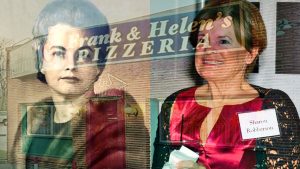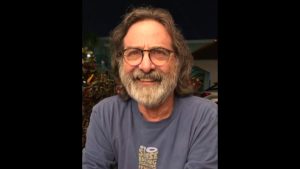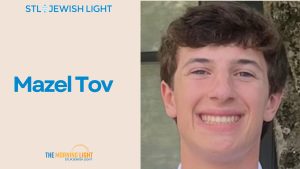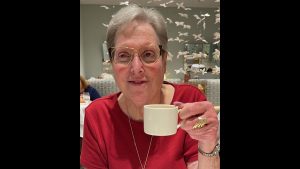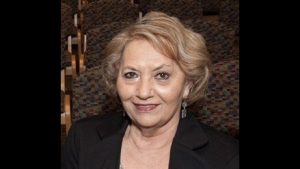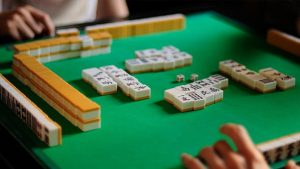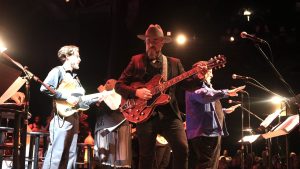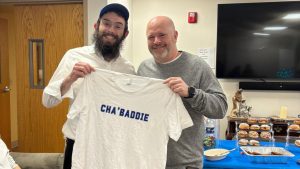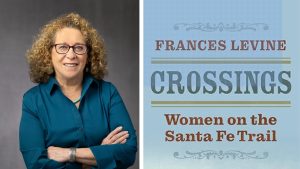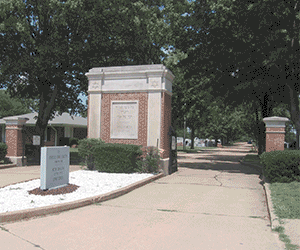ALS can strike anyone
Published December 26, 2007
A very small percentage of individuals get amyotrophic lateral sclerosis (ALS), also known as Lou Gehrig’s Disease, but it affects everyone around them.
“When we found out seven years ago he had ALS, life turned into a pile of ash for me,” Robert “Bob” Orchard, father of ALS patient Jack Orchard, said. “This has been agony. Absolute agony.” (See story on this page.)
Marla Scissors, a recently-diagnosed ALS patient, said that while only 5,000 people are diagnosed each year, the number of people who are affected by the disease is significant. According to the ALS Association, around 30,000 people are battling the illness at any given time.
ALS is a disease of the motor neurons, muscle-controlling nerve cells in the brain and spinal cord that control voluntary muscle movement, says MDA’s Web site.
“When nerve cells in the brain stem and spinal column die they can’t send messages to muscles,” said Debbie King, MDA ALS Division health care services coordinator for the St. Louis area. “The muscles get weaker and atrophy.” Eventually the ALS patient is paralyzed. “You’re a prisoner in your own body,” King said. The typical patient dies, usually from respiratory complications, between three and five years after diagnosis.
Currently experts have no cure or an answer as to why people get ALS. However, through studies, researchers have been able to make some progress in enhancing quality of life.
“With a feeding tube and breathing assistance we have a number of people who have lived several years,” King said. In addition, thanks to advances in technology, ALS patients can use equipment to help them communicate. Orchard is using an Eyegaze Communication System. A camera at the base of a computer screen recognizes Orchard’s eye movements as he scans a keyboard on the screen thus allowing him to type. By using the voice command option, the machine can speak the words Orchard has typed.
The Center for Advanced Medicine at the Washington University School of Medicine is one of the 225 hospital-affiliated MDA clinics in the United States. At the clinic the doctors are specialists in neuromuscular diseases and through Washington University, MDA ALS division has ongoing programs to educate other physicians about ALS. This educational component of MDA helps inform physicians about signs to look for when a patient first comes to them with various symptoms. The clinic also includes physical therapists, dieticians and mobility specialists as well as support groups.
It can take a while to get a diagnosis of ALS. For Orchard, it took 18 months; for Scissors a few months. The first symptoms vary from person to person. For Scissors, she noticed a weakness in her left leg or ankle. “I would be walking and all of a sudden my heel would turn out.” In Orchard’s case, it began with trouble gripping items with his left hand.
While King admits it can be frustrating to watch people die, she believes that medical trials are the hope for the future. “It can be difficult doing this job, but it gives me an opportunity to reach out for MDA,” King said. “And, through my work with ALS patients and families, I’ve learned more about living than dying. People are strong and a lot of times they surprise themselves.”




